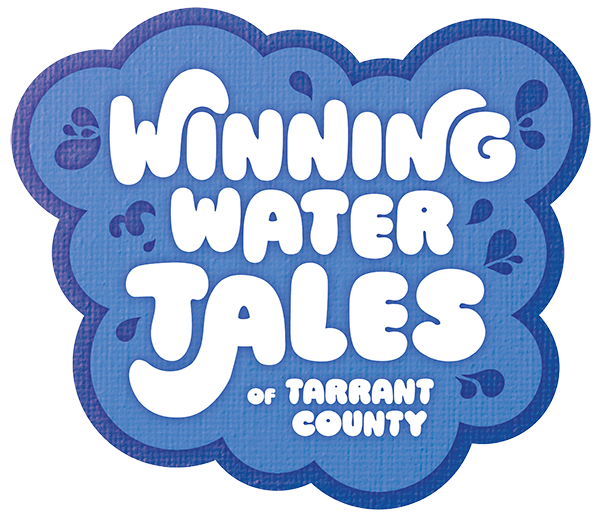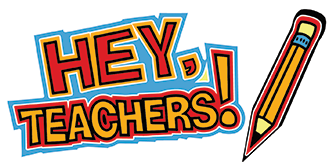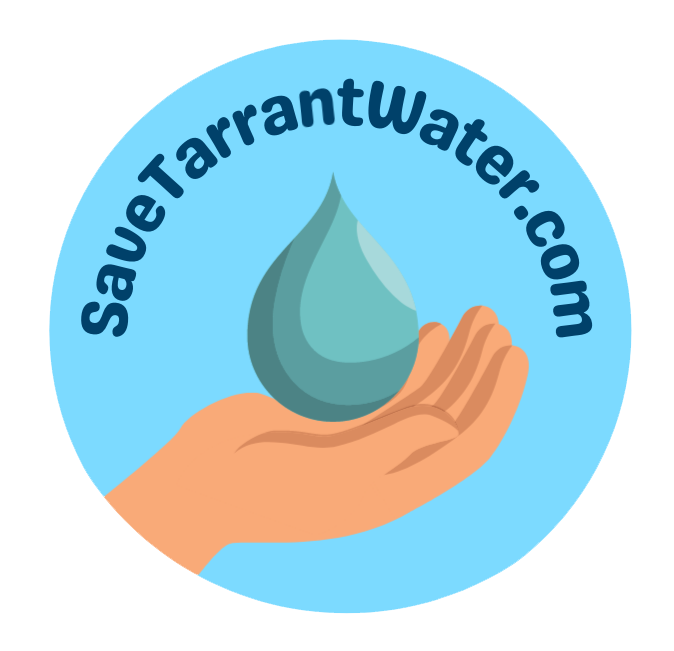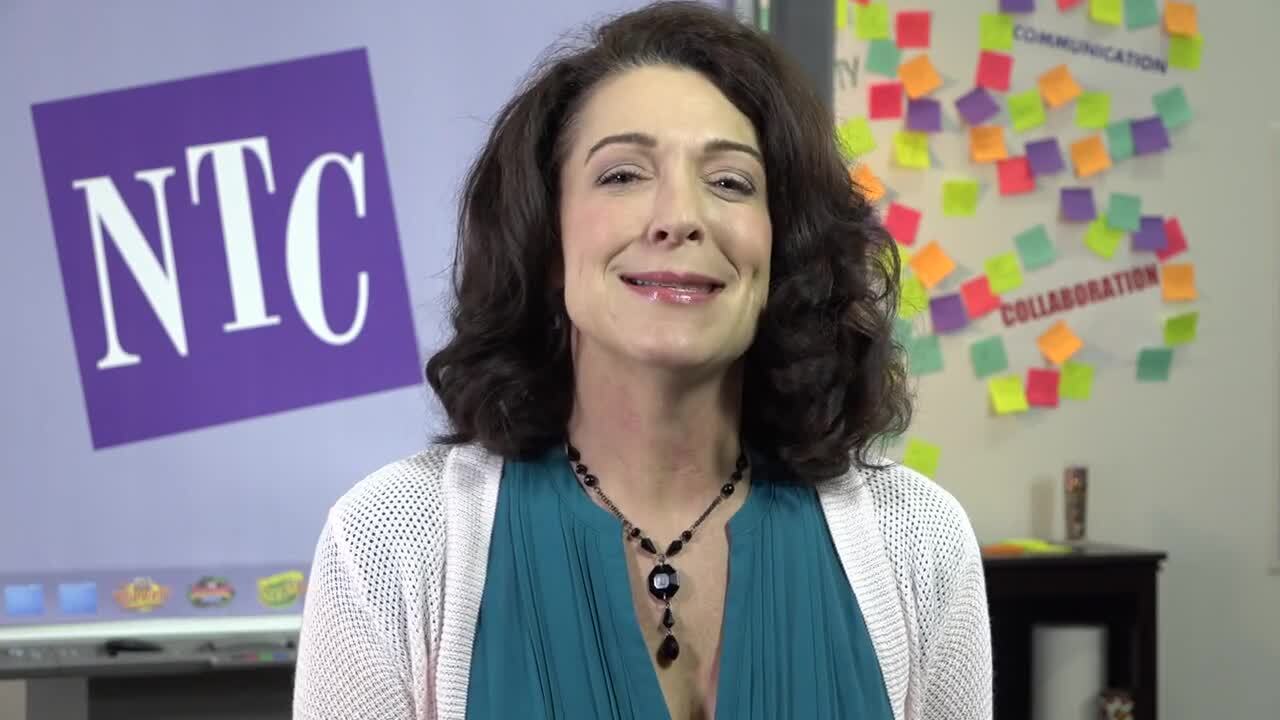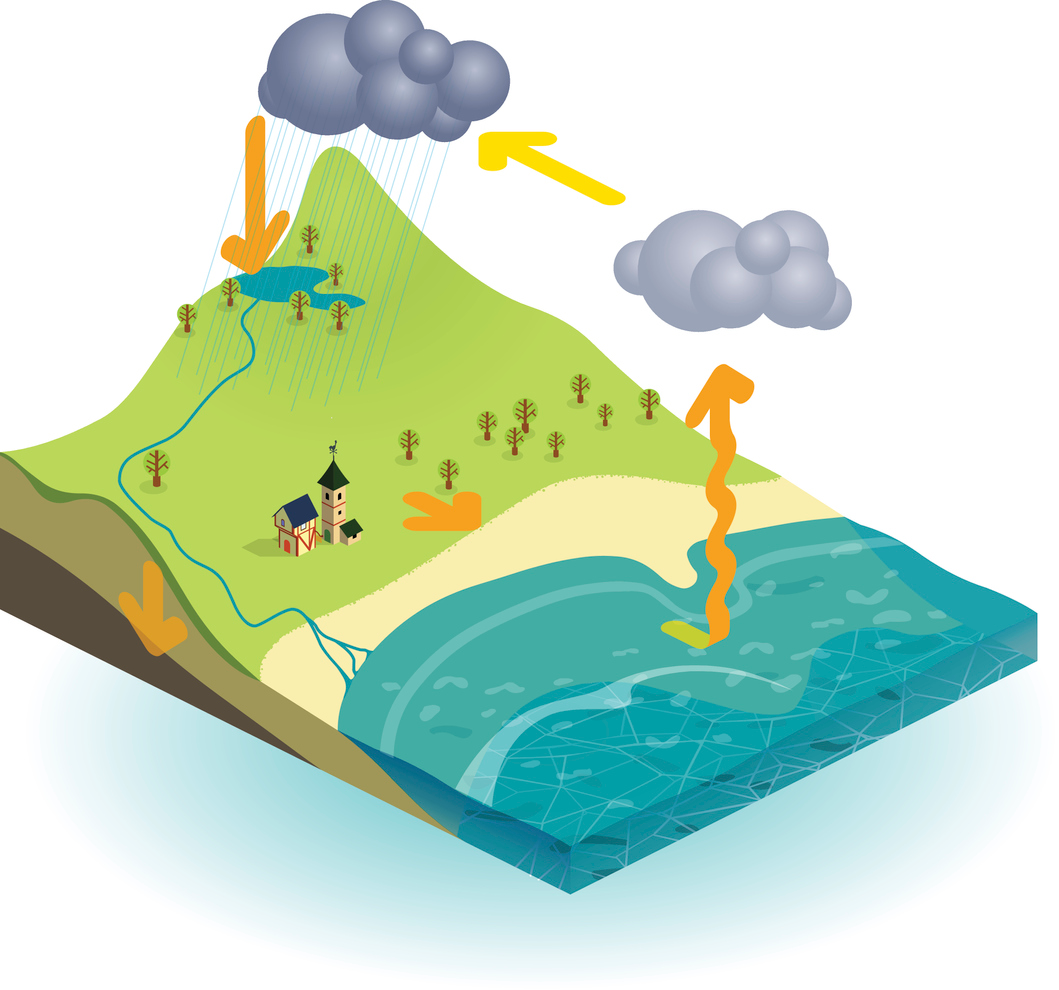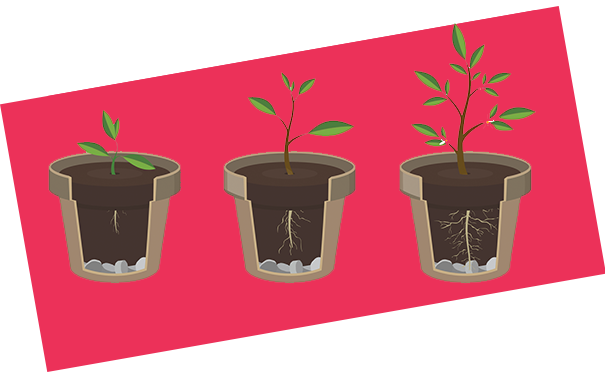Pond Ecology
Objective
Students will learn about the smaller lifeforms that live in ponds.
Purpose of Activity
Read or listen, Identify Details, Apply Skills
21st Century Skills
Critical Thinking, Collaboration, Creativity
Cognitive Level
Strategic Thinking, Extended Thinking, Skills and Concepts
Class Time
60 minutes
Materials
- Petri dishes
- Plastic spoons
- Hand lenses
- Plastic pipettes
- Pond invertebrate guides
- Pond water
- Live pond invertebrates
- Low flat basin
- Pencils (colored pencils optional)
Procedure
Divide students into teams of three. Each of the students has a vital role in the exploration:
Reader: This student scientist will read each question to the group, and any guides or scientific keys used.
Recorder: This student scientist will write down the answers that the group comes up with for each question.
- How many legs does it have?
- How many tails does it have?
- How does it move? Does it swim, crawl, walk, climb…
- Is it a predator? Why do you think that?
- What defenses does it have?
- What is it?
Artist: This student scientist will sketch the organism.
Introduce students to the equipment that they will be using. This will consist of a Petri dish lid or base (to hold the organism being studied), a plastic spoon (to collect organism from water), a pipette (to collect really small organism from water) and a hand lens. Each team of “researchers” will have one of each item.
Select one student from each group to collect the organism from the pond water basin. Demonstrate the proper technique to catch and not hurt the animals. Explain that though the organisms are small, they are still living specimens and should be respected. Once an animal is caught in the Petri dish basin, the students can now do their research. The collector can carefully carry the Petri dish with the organism back to the other students in the study area.
The recorder and the reader should sit adjacent to one another. The animal in the basin should be available for all of the students to make observations, and the hand lens can be shared. If the desks are dark, placing white paper under the dish can help the students to see small details. The reader should read each question to the group. The group can then discuss and observe, and the recorder can write down the answer the group decides on.
When all of the questions are answered, a student should render a sketch of the organism. The picture should be much larger than the organism. All of the students can suggest details to the artist. The style of the sketch is entirely up to the artist.
The final observation is to identify the organism. Students can match their artist’s drawing to scientific illustrations.
Once the identification is confirmed by the teacher, the animals can be returned to the pond.

